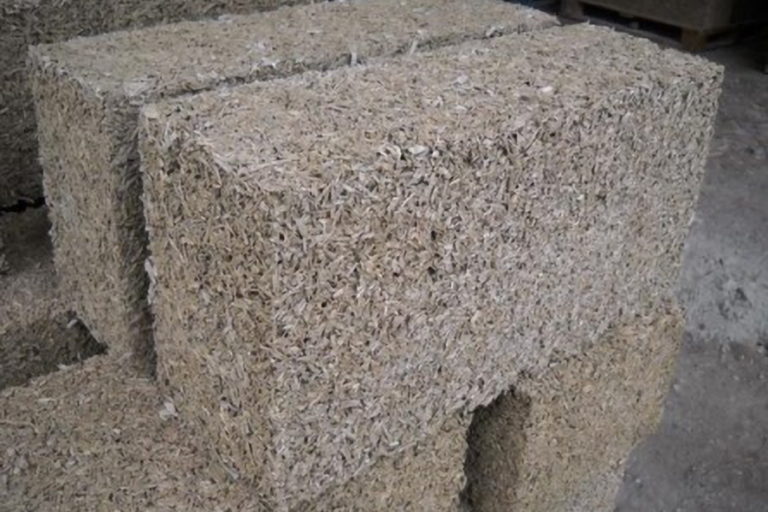
Hemp is growing in popularity as an environmentally-friendly building material. It’s a great material for many applications because it is cheap and replenishes quickly. Due to its strength and durability, it has been used for many years in industrial materials including insulation, rope, and bioplastics.
There are significant advantages structurally, economically, and environmentally to using hemp-based products over traditional building materials. Companies are starting to take notice that there is a lot of potential for hemp as a sustainable alternative in residential construction materials and innovating new products that in the future could compete with wood, steel, and concrete.
Hemp-Based Building Materials
A hemp plant grows quickly and matures in a few months. It produces two fibers and the strong woody core is used in the production of construction materials. This makes it an eco-friendly source for products because it requires less chemical fertilizers. Hemp is also a viable crop throughout much of the United States.
Hempcrete
Hempcrete is created when the hemp fiber is extracted and petrified and then mixed with a lime-based binder. It can outperform some existing building materials, particularly insulation. It is also resistant to mold and fire. While hempcrete cannot be used to build the load-bearing structure, it can be used to insulate and cover the walls in place of drywall and plaster.
HempWood
HempWood is a sustainable alternative to hardwoods like oak. The hemp fibers add more durability and hardness than conventional wood products. HempWood can be cut, sanded, and finished like oak and is twice as strong.
Hemp Insulation
Hemp is an ideal material for insulation. Hemp insulation is non-toxic, mold-resistant, and sound-absorbing. It is also very resistant to pests, such as rodents, moths, and termites. Because hemp is a natural product, the installation of hemp insulation is safer and easier because no special safety equipment is needed.
As the innovation of hemp evolves and is used to create more products, it could be the next disruptor in construction and shift the industry toward net-zero carbon.
